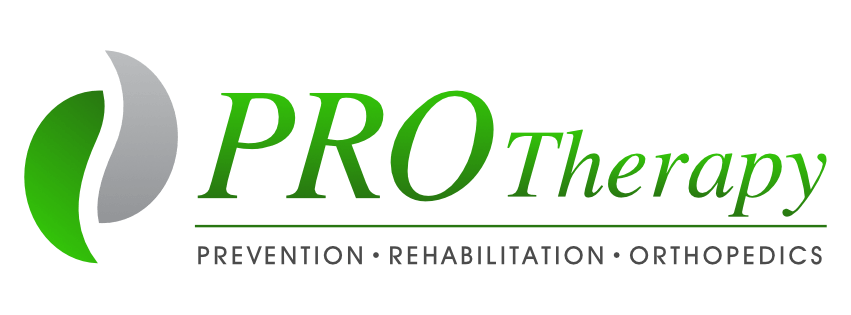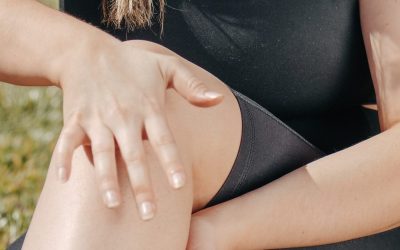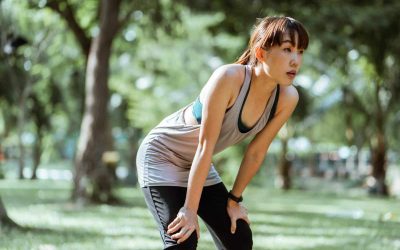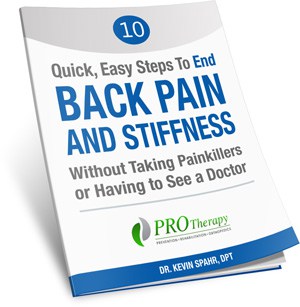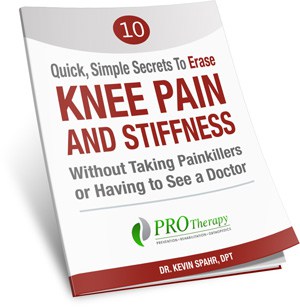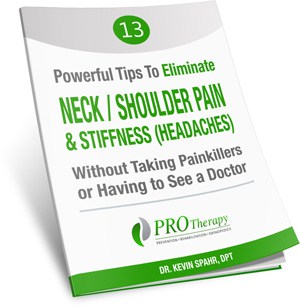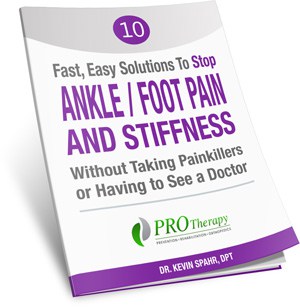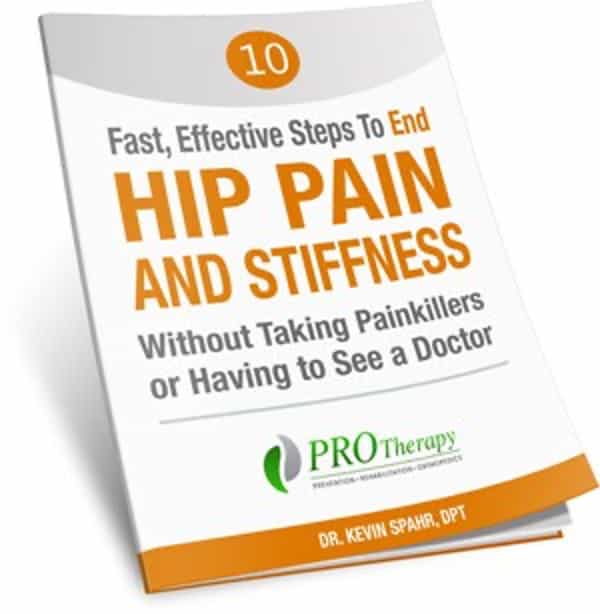Understanding ACL Tears
First things first, let’s understand what an ACL tear entails. The anterior cruciate ligament (ACL) is one of the major ligaments in the knee, connecting the thigh bone to the shin bone, providing stability and support during movement. An ACL tear often occurs during sports that involve sudden stops, changes in direction, or jumping. Symptoms include severe knee pain, swelling, instability in the knee, and difficulty putting weight on the affected leg.
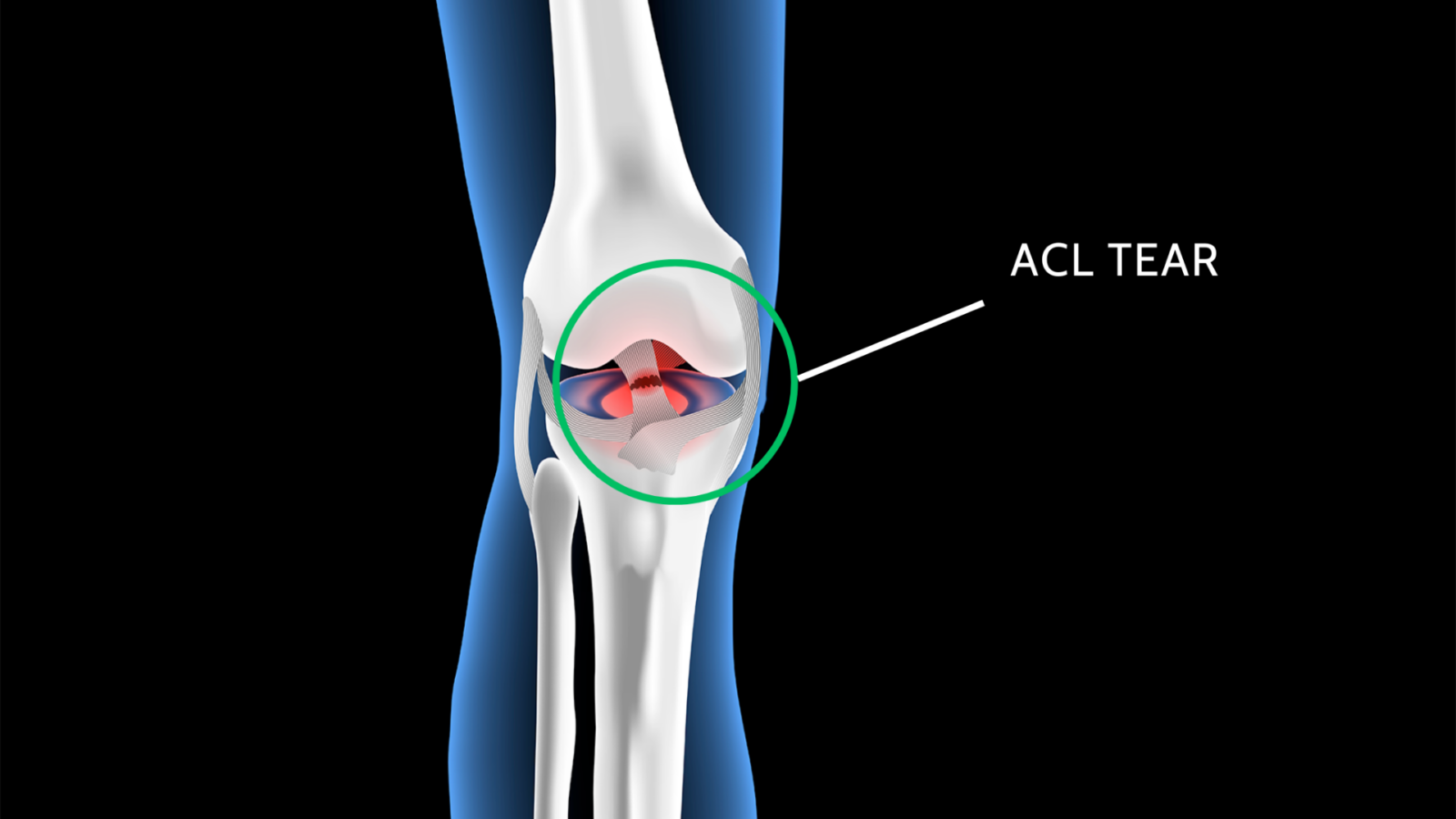
ACL tears are common sports-related injuries that occur when the knee undergoes sudden, forceful movements. An injury to the ACL can occur with or without contact to the knee.
Non-contact injuries can happen with:
Sudden Stops
Abruptly changing direction while running or pivoting can place excessive stress on the ACL, leading to a tear.
Jumping and Landing
Landing from a jump with poor technique or on an uneven surface can cause the knee to buckle, potentially resulting in an ACL tear.
Twisting Motions
Twisting the knee while the foot is planted, especially during activities like skiing, basketball, or soccer, can cause the ACL to tear.
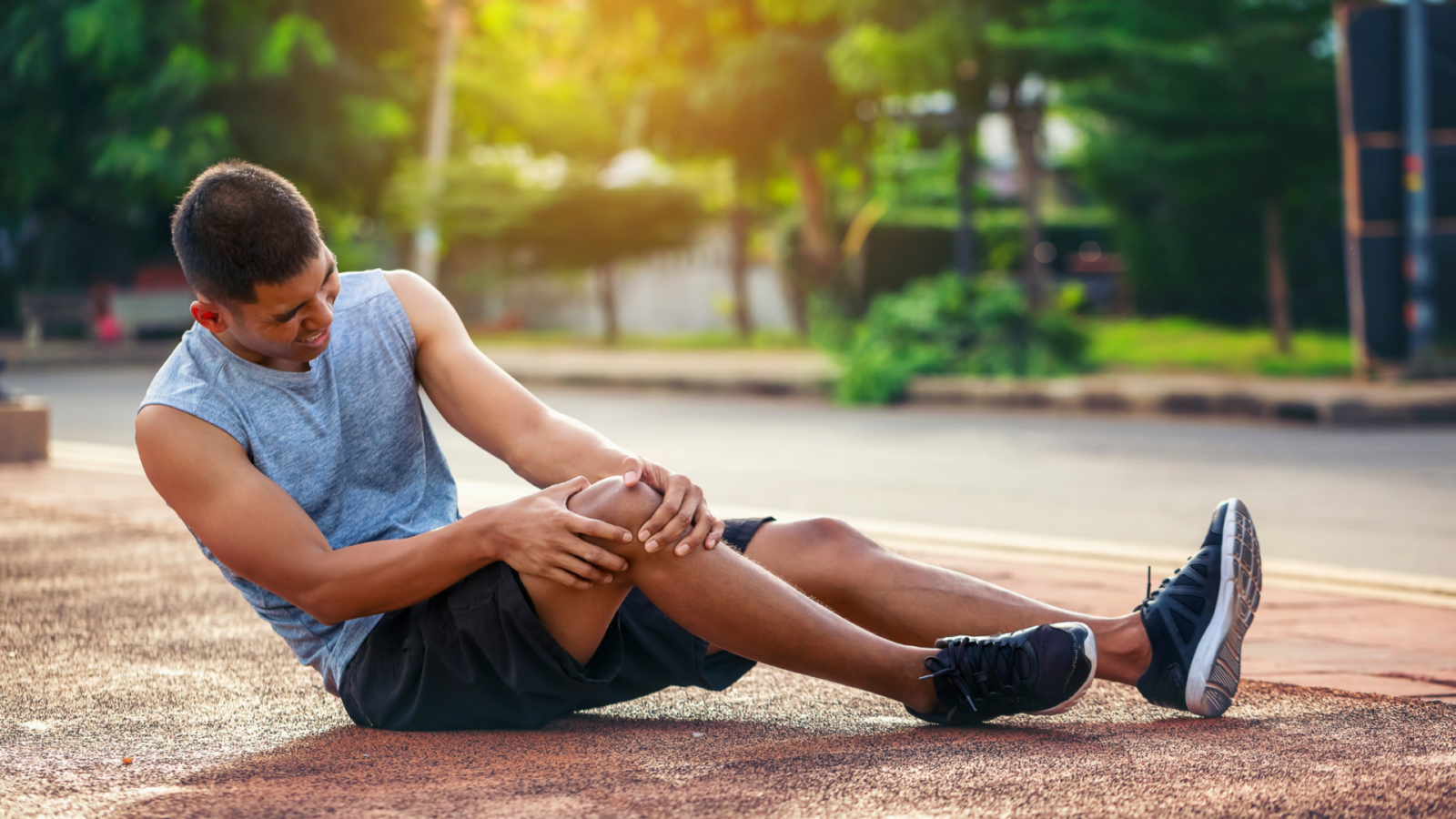
The ACL also can tear from contact like collisions or tackles in sports such as football, rugby, or martial arts that result in a direct blow to the knee. Contact injuries also include hyperextension, when the knee is forcefully pushed beyond its normal range of motion.
However, ACL tears also happen to non-athletes outside of sports-related activities. Some examples of common non-sports reasons for ACL tears include:
Accidents and Falls
Traumatic falls or accidents, such as slipping on ice, tripping on stairs, or falling from a height, can result in forces that cause the ACL to tear.
Work-Related Injuries
Jobs that involve physical labor or working in environments with uneven surfaces, heavy machinery, or potential hazards can increase the risk of ACL injuries due to falls or sudden movements.
Motor Vehicle Accidents
Car accidents or collisions involving motorcycles, bicycles, or other vehicles can subject the knee to significant forces, potentially leading to ACL tears.
Repetitive Stress
Activities or occupations that involve repetitive bending, squatting, or lifting may gradually weaken the structures of the knee over time, increasing the risk of ACL injuries.
Everyday Activities
Even routine activities such as stepping off a curb, twisting the knee while carrying heavy objects, or awkwardly landing after a jump during recreational activities can lead to ACL tears if the forces exerted on the knee exceed its capacity to withstand them.
While sports-related activities are a common context for ACL tears, it’s essential to recognize that these injuries can happen in various situations. Understanding the potential risks and taking precautions to protect the knees can help reduce the likelihood of ACL tears in both sports and everyday life.
Who Is At Risk For a Torn ACL?
The following are risk factors that contribute to the possibility of injuring the ACL.
- Sports Participation:Engaging in high-intensity sports that involve jumping, cutting, and pivoting increases the risk of ACL tears.
- Gender:Females are more prone to ACL tears than males, possibly due to differences in anatomy, muscle strength, and hormonal factors.
- Muscle Imbalances:Weakness or imbalance in the muscles surrounding the knee, particularly the quadriceps and hamstrings, can predispose individuals to ACL injuries.
- Previous Injury:Having a history of ACL tears or other knee injuries increases the likelihood of future ACL tears due to compromised knee stability.
Physical therapy is essential for both preventing ACL tears and optimal recovery.
Preventing ACL Tears
While ACL tears cannot always be completely prevented, there are steps individuals can take to reduce their risk:
Strength Training
Incorporating exercises that target the muscles around the knee, such as squats, lunges, and hamstring curls, can help improve stability and reduce the risk of ACL injuries.
Proper Technique
Learning and practicing proper landing and cutting techniques in sports can minimize the risk of ACL tears during dynamic movements.
Warm-Up and Stretching
Prior to physical activity, warming up with light cardiovascular exercise and dynamic stretching can prepare the muscles and joints for movement, reducing the risk of injury.
Bracing and Support
Wearing supportive braces or tape during sports activities, especially for individuals with a history of knee instability, can provide added protection to the ACL.
Cross-Training
Engaging in a variety of physical activities and sports can help improve overall fitness and reduce the repetitive stress placed on the knee during single-sport specialization.
By understanding the mechanisms and risk factors associated with ACL tears, individuals can take proactive measures to protect their knees and reduce the likelihood of injury.
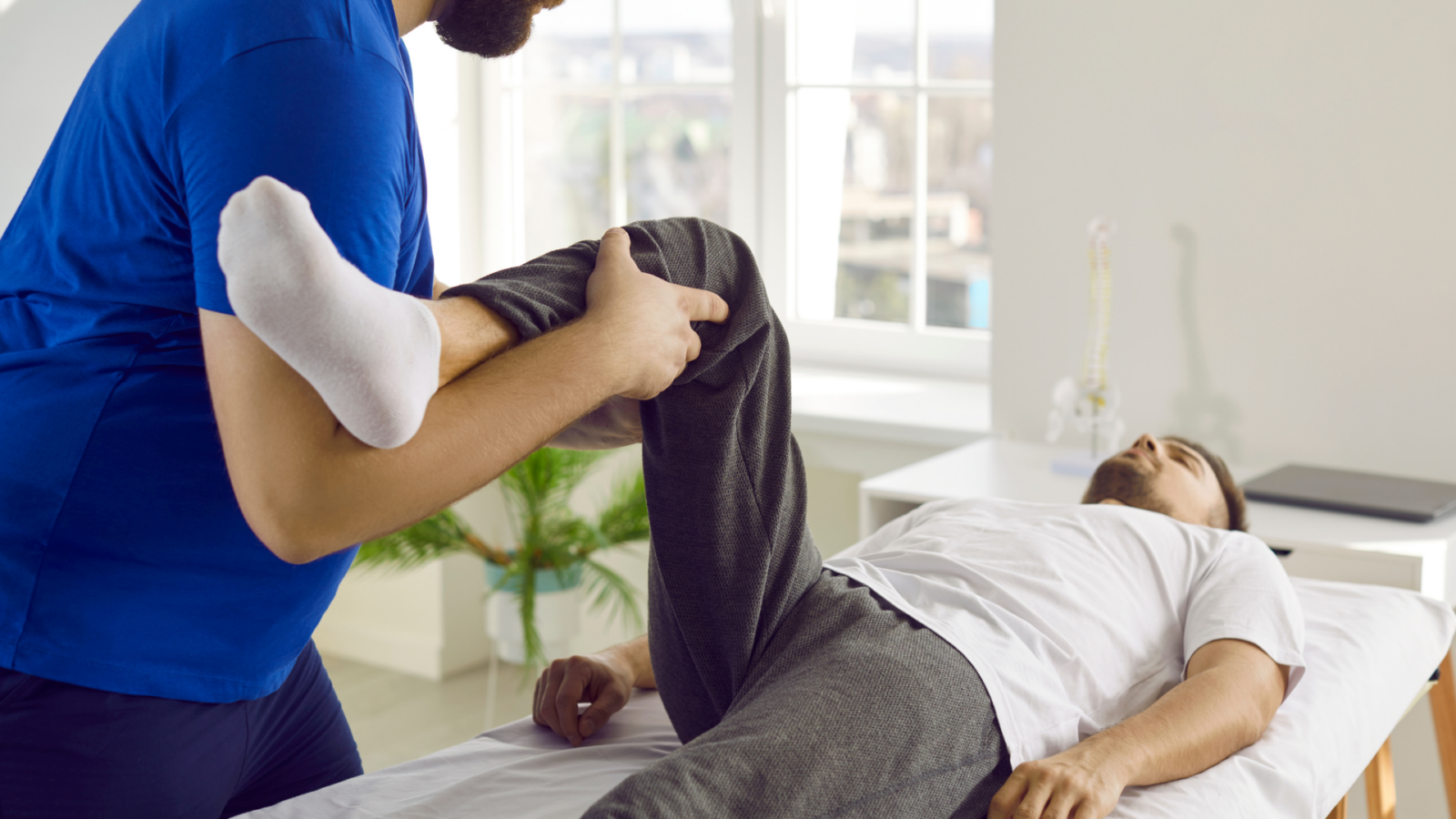
What Does ACL Rehab Look Like?
A comprehensive physical therapy program for post ACL surgery rehab consists of the following goals:
Pain Management
Initially, the focus is on reducing pain and inflammation through modalities such as ice, compression, and elevation.
Restoring Range of Motion
Gentle exercises and manual therapy techniques are used to improve flexibility and restore full range of motion in the knee joint.
Strengthening Muscles
Strengthening exercises target the muscles surrounding the knee, including the quadriceps, hamstrings, and calf muscles. Building strength in these muscles helps stabilize the knee and prevent future injuries.
Improving Balance and Proprioception
Balance and proprioception exercises are incorporated to enhance stability and coordination, reducing the risk of re-injury.
Functional Training
As recovery progresses, functional exercises are introduced to simulate real-life movements and activities, preparing the individual to return to their sport or daily activities safely.
The Physical Therapy Process and Timeline For ACL Tear Recovery
A timeline for recovery is unique to the patient, the severity of the injury, and the commitment to rehab. An ACL tear rehab physical therapy program consists of several phases:
- Acute Phase:In the initial stage, the focus is on reducing pain and swelling, protecting the knee, and regaining basic movement.
- Subacute Phase:As pain and swelling decrease, emphasis shifts to restoring range of motion, strength, and stability through targeted exercises and hands-on therapy.
- Intermediate Phase:During this phase, the focus is on progressive strengthening, balance training, and functional exercises to prepare for a return to sport or activity.
- Advanced Phase:In the final phase, the intensity and complexity of exercises increase, with a focus on sport-specific movements and agility drills to ensure readiness for full activity.
The Importance of Patient Education at PRO Therapy
Throughout the rehabilitation process, our commitment to patient education is paramount. Our physical therapists, all licensed Doctors of Physical Therapy, provide guidance on proper body mechanics, injury prevention strategies, and home exercises to supplement in-clinic sessions. By understanding your injury and the rehabilitation process, you can actively participate in your recovery and make informed decisions about your health.
Recovering from an ACL tear requires patience, dedication, and expert guidance. A tailored physical therapy program can make all the difference, helping you gain strength, mobility, and confidence following this challenging injury. By following a structured rehabilitation plan and staying committed to the process, you can bounce back stronger than ever and return to the activities you love with renewed vigor and resilience.
- Step into Summer Comfort: Ditch Foot Pain with These Tips from Your PT! - July 4, 2025
- Just Been in a Car Accident? Here’s What You Need to Know About Recovery - June 27, 2025
- How to Avoid Low Back Pain While Golfing - June 23, 2025
